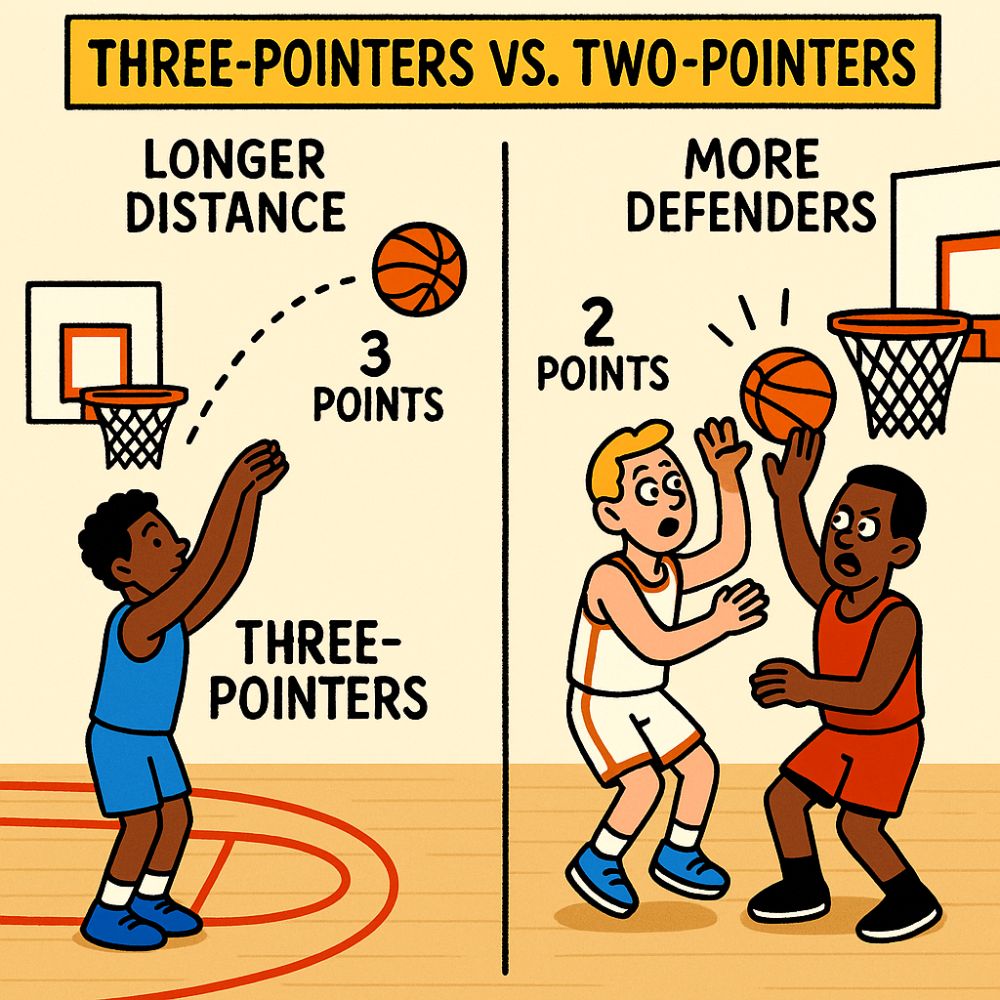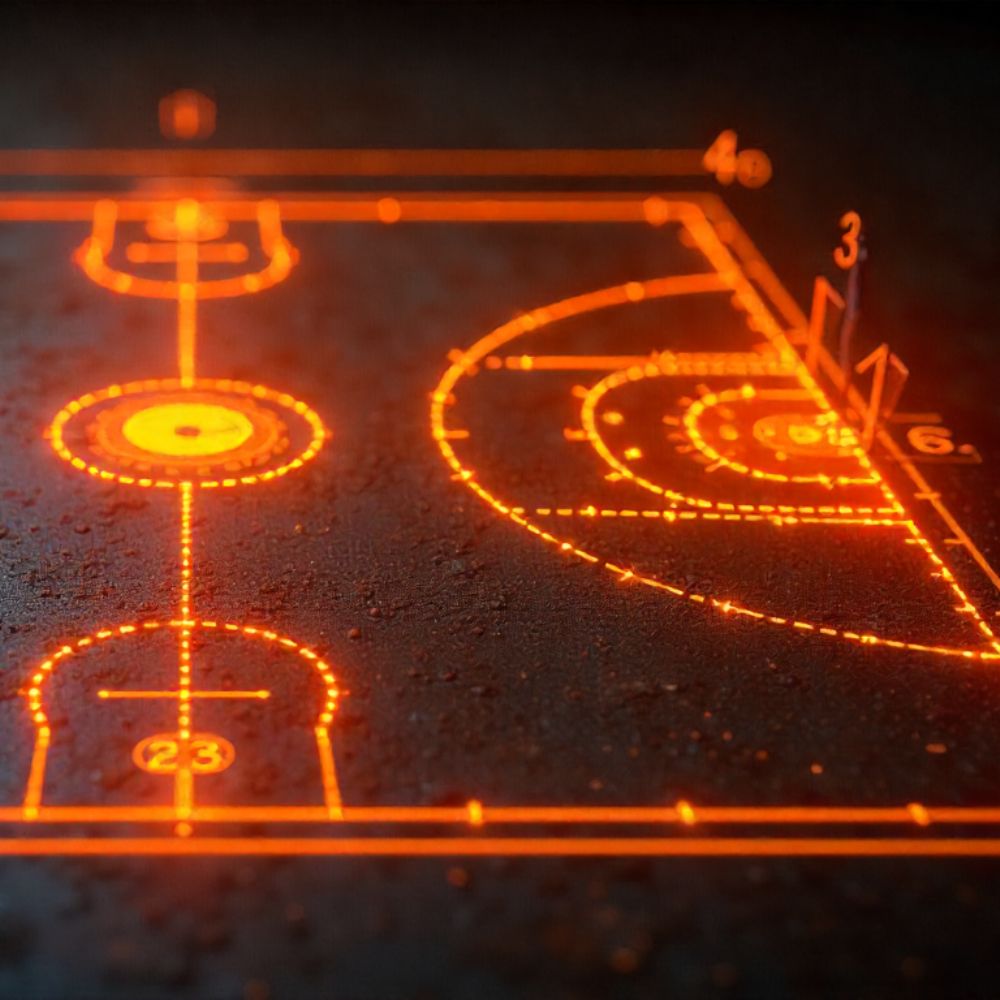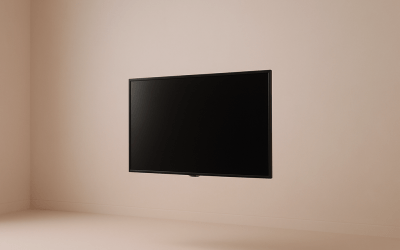The clock slowly ticks away, sneakers squeak, and tension hums through the arena. One possession left. The crowd rises, expecting a drive to the rim—but no. The ball handler steps back, eyes cold, and launches a three-pointer at the buzzer. It’s the eternal question in basketball: why risk the deep shot when a two would do?
The three pointer strategy has always been a strong weapon in any team’s arsenal. But over the past few years the three pointer strategy has become a major part of the game. In 1979–80, only ~3% of NBA shots were threes. By 2016–17, that number jumped to 31–32% and continues growing. Teams are risking losing two points in the hope of making three. Is there any statistic or psychological advantage to this strategy? I was about to break out my statistics calculator and psychology textbooks, but swiftly dropped that idea and did some research instead. I tried to fact check these answers as best I could, so take them with a pinch of salt and dash of sugar.
Let’s start with the buzzer-beating three-pointer that seems to be all the rage these days. Sometimes it swishes. Sometimes it bricks. But it happens a lot. And there’s a method to this buzzer-beating madness.
The Low-Risk, High-Reward Nature of Buzzer Shots
At the end of the first three quarters (not just the final one), teams love to drain the clock and get off a last-second shot. Why? Because when the quarter ends, so does the risk. There’s no transition defense to worry about. No fast break points coming the other way. It’s essentially a one-shot possession with no downside if you miss. That opens the door to go big — and in the NBA, “big” usually means “three.”
It’s a low-risk, high-reward situation. Miss the three? No problem. Make it? Instant momentum boost.
But Isn’t a Two-Pointer Easier?
Absolutely. The two-pointer is, statistically speaking, a higher-percentage shot. But here’s the catch: with the clock ticking down, and often only 5–8 seconds left, teams don’t have the luxury of running a full play to get someone cutting to the rim. You need space. You need time. And most importantly, you need to get the shot off before the buzzer.
Defenses at this point are often sagging off slightly to avoid fouling. This gives just enough room for a practiced guard to pull up for three. And let’s not forget — these are pros. Most of them can hit 30-40% from deep even with a hand in their face.

Two vs Three Point Strategy
Let’s Talk Expected Value
Now, here’s where the math nerds get excited. Let’s crunch a little back-of-the-napkin expected value:
- A 35% chance of hitting a three = 1.05 expected points.
- A 50% chance of hitting a mid-range two = 1.00 expected points.
The extra point makes up for lower probability — and that’s if you can even get the two.
So even though the three is less likely to go in, the extra point makes up for it. And that’s if you can even *get* a decent mid-range look off under pressure.
Real-World Examples
Let’s name-drop some buzzer-beater legends:
- Steph Curry — The human cheat code. He’s changed how teams think about shot selection. There’s no such thing as “too deep” for Steph.
- Damian Lillard — Known for pulling up from the logo, Lillard lives for that final-second drama.
- Payton Pritchard — This Celtics guard hit eight end-of-quarter buzzer-beating threes in a single season.
- Nikola Jokić — The big man took more half-court heaves than anyone in the league in one season.
This Isn’t Just a Buzzer Thing
This three-vs-two logic isn’t limited to buzzer beaters. It’s embedded deep into modern game strategy. The rise of analytics has fundamentally reshaped shot selection across all four quarters.
Gone are the days when teams relied heavily on mid-range jumpers. Today, it’s all about efficiency:
- Layups/dunks (high percentage)
- Free throws (free points!)
- Three-pointers (high value per shot)
Mid-range shots? They’re now the awkward middle child — only taken by specialists or when there’s no better option.
The Psychology of the Deep Shot
Let’s not discount the mental game. Hitting a deep three at the buzzer does more than add three points to the board. It demoralizes the opponent. It electrifies the crowd. It swings momentum in ways that a simple layup just can’t.
NBA players and coaches know this. That’s why they rehearse those shots. It’s why some players shoot better when the pressure is highest.
Also, missing a buzzer-beating three doesn’t psychologically damage a player the way missing an open layup might. It’s chalked up as a throwaway shot. No big deal.
The Gravity Factor
Three-point shooters stretch defenses. Even if they aren’t hitting, defenders are forced to respect the range. That creates space in the paint. More space = better lanes = easier shots inside. It’s all connected.
So even missing threes can help your offense.
A Quick Timeline of the Three-Point Takeover
- 1979: NBA introduces the 3-point line. Everyone shrugs.
- 1980s-1990s: Mostly a gimmick. Used for desperation shots.
- Early 2000s: Spurs, Suns, and Mavs start experimenting.
- 2010s: Warriors and Rockets go all-in. Analytics flood the game.
- Today: The three is king. Some teams take more threes than twos.
But Wait, It Gets Wild…
Remember the 2017 Rockets? They once took zero mid-range shots in a game. Nada. Zilch. It was either threes or layups. That’s how committed they were to the math.
And it worked. Until it didn’t. (Looking at you, Game 7 vs. the Warriors.) But that’s a story for another day.
So What’s the Takeaway?
Teams shoot buzzer-beating threes because:
- They offer more points with little downside
- The clock limits play options
- They swing momentum
- They stretch the floor and help long-term strategy
- The math usually works out
And during the game? The same rules apply. It’s about maximizing points per possession, not just making the “easiest” shot.
So the next time you’re yelling at your screen, wondering why they didn’t just go for the layup instead of pulling from the parking lot, remember: it’s not always about probability. It’s about possibility.
Basketball isn’t just a game of bounces. It’s a game of numbers, nerves, and nuance.
Now if you’ll excuse me, I need to go miss some buzzer-beating threes at my local gym. For science.





